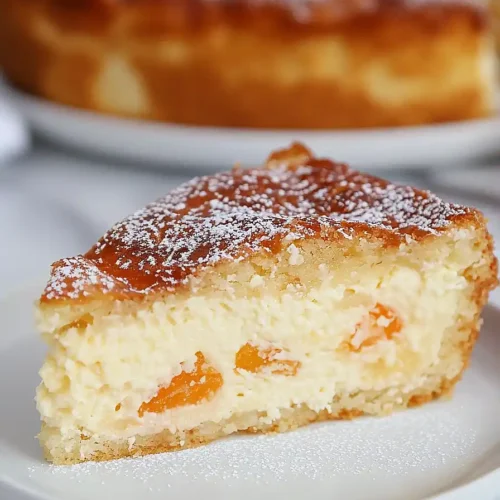
Simple Neapolitan Easter Cake
Delicious Simple Neapolitan Easter Cake recipe with step-by-step instructions.
Ingredients
For the pastry crust:
- 2 cups all-purpose flour
- 1 pinch salt
- 1/3 cup granulated sugar
- 5 oz cold unsalted butter, cut into pieces
- 1 egg
- 1/4 cup cold water (add more if needed)
For the wheat mixture:
- 1 1/2 cups cooked wheat berries (grano cotto)
- 3/4 cup whole milk
- 1 strip fresh lemon peel
For the ricotta filling:
- 1 2/3 cups whole milk ricotta cheese
- 3 large eggs
- 1 cup granulated sugar
- 1 tsp orange blossom water
- 1/2 tsp vanilla extract
- 1/2 cup mixed candied citrus peel, finely chopped
Instructions
- Place the all-purpose flour, pinch of salt, granulated sugar, and cold unsalted butter pieces in a food processor and pulse to form coarse crumbs. Add the egg and mix again. Gradually add the cold water with the motor running until the dough comes together in clumps—you may not need all the water, or you may need a bit more depending on humidity. Bring the dough together into a ball, being careful not to overwork it. If it feels sticky, dust it lightly with flour. Flatten the dough into a disc, wrap it in cling film, and chill it in the fridge for about an hour to help it firm up.
- If using jarred or canned grano cotto (cooked wheat berries), taste a little first; rinse and drain if they seem salty. Place the cooked wheat berries, whole milk, and a strip of fresh lemon peel in a saucepan. Bring to a simmer over medium heat, then reduce the heat and cook gently for about 20 minutes, stirring occasionally, until the grains are very soft and the mixture appears creamy. Don't worry if it looks a bit curdled—this is normal. After cooking, spread the grains out on a plate and let them cool to room temperature.
- Line a sieve with paper towel and place it over a bowl. Add the ricotta cheese and let it drain in the fridge for at least an hour, or overnight if possible. This removes excess liquid and helps ensure a thicker, richer filling.
- Line the bottom of a 9-inch (23cm) springform cake pan with parchment paper if desired for easier removal. Remove the chilled pastry (from Step 1) from the fridge. Cut off about one-quarter of the dough, rewrap this small piece, and place it back in the fridge. On a lightly floured surface, roll out the larger piece of pastry into a circle that will fit the pan, then gently press it into the base and most of the way up the sides. Trim any uneven edges and add leftover scraps to the reserved dough. I find chilling the dough a second time helps reduce shrinkage while baking.
- In a large bowl, whisk together the drained ricotta, large eggs, granulated sugar, orange blossom water, and vanilla extract until well mixed and smooth. Finely chop the mixed candied citrus peel and add it, along with the cooled grano cotto mixture from Step 2, to the ricotta mixture. Gently stir everything together until evenly combined. Pour the filling into the prepared pastry-lined cake pan, aiming for it to come just below the top edge of the pastry.
- Preheat the oven to 375°F (190°C). Roll out the reserved smaller piece of pastry (from Step 4) into a strip about the length of the cake pan and half as wide. Cut it into long strips about 3/4-inch (1.75cm) wide. Lay these strips over the top of the filled cake, arranging them in a lattice (criss-cross) pattern, usually three strips one way and four the other, to create diamond shapes. Press the strips to adhere to the pastry edges around the cake. Carefully transfer the cake to the oven and bake for about 1 hour, turning it occasionally for even browning. If it browns too quickly, loosely cover with foil partway through. The cake should be evenly golden and set—no longer wobbly—when finished. I like to leave the cake in the oven for a few extra minutes if it isn't quite brown enough after an hour.
- Allow the cake to cool completely in the pan. Once cooled, cover and chill in the refrigerator overnight to let the flavors marry and for easier slicing. Just before serving, dust with powdered sugar, especially over the lattice pastry. For an extra touch, I sometimes garnish with a few extra pieces of candied citrus peel on top. Slice and serve cold or at room temperature.